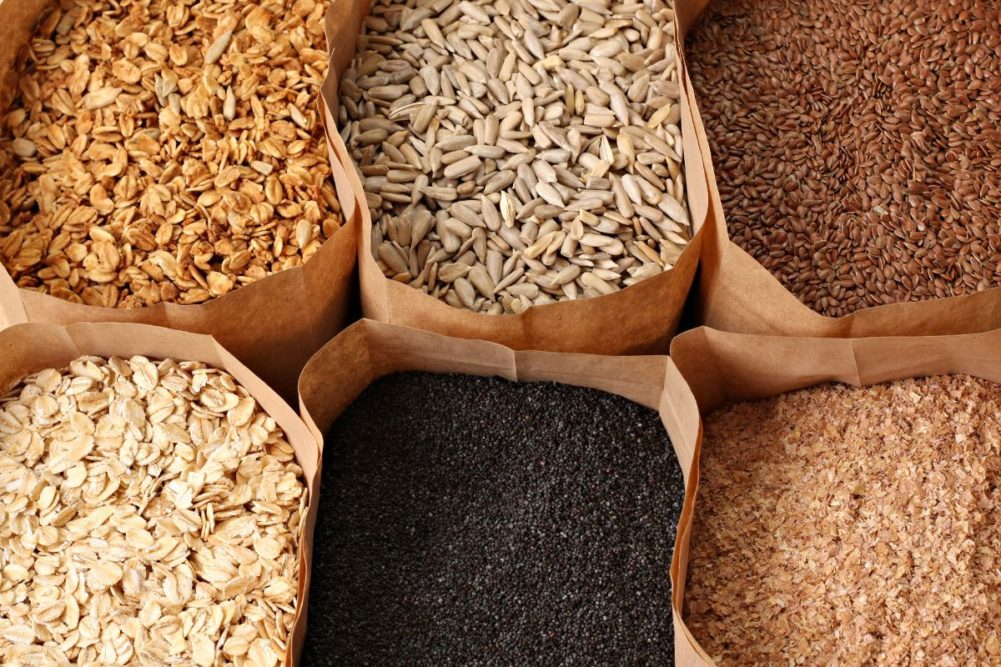FARGO, NORTH DAKOTA, US – Financial incentives are more likely to convince the federal government to set aside more money for promoting whole grain consumption and other healthy eating patterns, said Kevin Miller, PhD, principal scientist for General Mills’ Bell Institute of Health & Nutrition. Reducing health care costs could be a key objective of the promotions.
Health care spending in the United States in 2017 reached $3.5 trillion, or nearly $11,000 per person, which was almost 18% of the country’s gross domestic product, Miller said. Those numbers compared to under $7,000 per person and 11% of the GDP in Canada and under £3,000 per person and 9.6% of the GDP in the United Kingdom.
“So there are opportunities to promote economics associated with health,” he said in a Jan. 11 webinar put on by the Fargo, North Dakota, US-based Northern Crops Institute. “Tell compelling stories because the governments are looking to where they can save more money.”
An example would be linking health care costs to a disease and then estimating the cost savings from dietary interventions to reduce the impact of the disease. Subtracting the cost of dietary intervention programs from the cost-savings would reveal the program’s value.
Miller was involved in a study that examined how increasing whole grain intake, currently at about one serving per day in the United States, could reduce the risk of cardiovascular disease and coronary heart disease. Americans increasing their whole grain intake to 2.24 servings per day would lead to health care savings of $21.2 billion for cardiovascular disease and $13.6 billion for coronary heart disease, according to the study. Increasing whole grain intake to 2 servings per day would lead to savings of $19 billion for cardiovascular disease and $12.1 billion for coronary heart disease.
A global burden disease study published in The Lancet in 2019 examined mortality rates attributable to diet. Diets low in whole grain intake ranked as the second highest dietary risk factor with diets high in sodium ranking first. Diets low in whole grain intake ranked higher than diets low in fruit, diets low in nuts and seeds, and diets low in vegetables.
“So when people say, ‘Eat your fruits and vegetables,’ they should be saying, ‘Eat your fruits and vegetables and whole grains,’” Miller said.
Cereal fiber has a protective effect against type 2 diabetes, he added. Being insoluble and non-viscous, cereal fiber helps modulate the gut microbiota, improves glucose tolerance, reduces inflammation and improves immune response via the microbiome.
Miller stressed the need to add more whole grain products into school meal programs.
“As children become exposed to whole grain food, they begin to accept it,” he said. “When they accept it in their school meals, they are likely to continue consuming those products even outside of the school.”
He admitted this strategy could be a slow one for increasing whole grain intake.
“When we think of public health, changes overnight are unrealistic,” Miller said. “We have to have a long-term game plan.”





